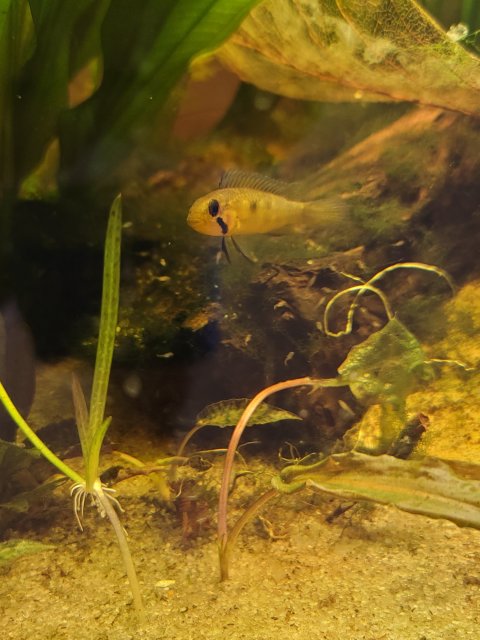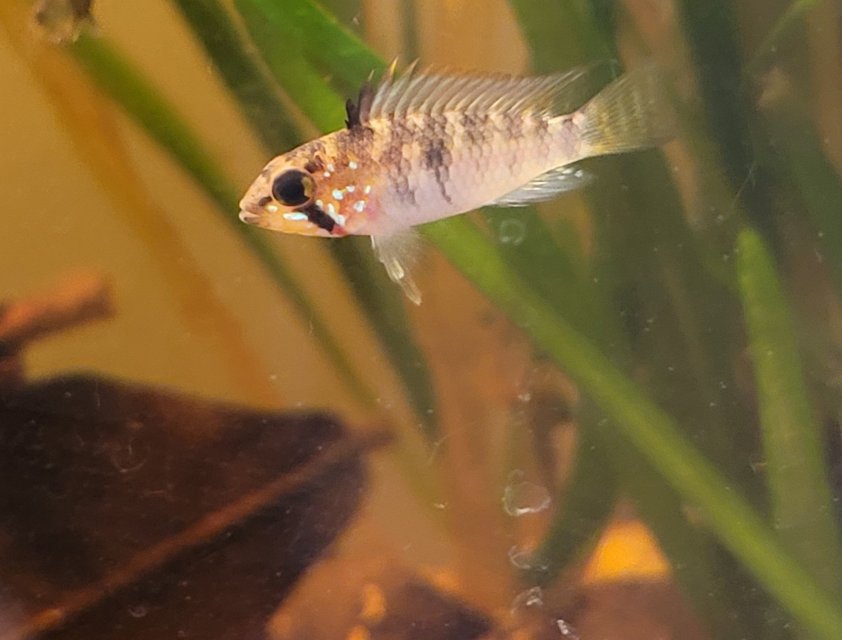I don’t want to rephrase / rewrite what I’ve already said. I do appreciate your concerns, but I also would say that yes, you are laboring under some misconceptions.
I can tell by the way you phrase yourself that you are an experienced / successful keeper- you can stop reading here if you want.- nothing that follows may be of any use for you.- as we all have or systems….
that said it sounds like you don’t consider where a fish is from/ what that place is like. South American cichlids aren’t all tropical first of all. Trifasciata have a huge range that runs from equatorial to subtropical- ie Yucatán peninsula Mexico- but South America…. 25 degrees south or so. These are from southern Brazil in the border of Paraguay. 22-25 degrees south or so
brasiliensis “pearl cichlid” - the same thing- but nowhere would they be in cold water year round…. These ones seee 90 plus in the summer and sub 50 in the winter. Where they are collected. Mine are from Uruguay laguna molle. 32 degrees south or so.
All these subtropical to temperate fish experience real seasons. Fish found in igarapes, arroyos, and big flat lagunas (apistogramma, these bras, these gymnos)
experience significant daily temperature swings, in addition to varying in significance- seasonal temperature swings- where they are collected.
the dither fish were selected for there ability to enjoy whatever temp the tris give me good ratios….And because they are fry they dont act up and whip the tris
and because I breed All these fish- I’m pretty well dialed in on protocol that is at least effective enough to always have fry to ship/ or feed to big fish.
I can tell by the way you phrase yourself that you are an experienced / successful keeper- you can stop reading here if you want.- nothing that follows may be of any use for you.- as we all have or systems….
that said it sounds like you don’t consider where a fish is from/ what that place is like. South American cichlids aren’t all tropical first of all. Trifasciata have a huge range that runs from equatorial to subtropical- ie Yucatán peninsula Mexico- but South America…. 25 degrees south or so. These are from southern Brazil in the border of Paraguay. 22-25 degrees south or so
brasiliensis “pearl cichlid” - the same thing- but nowhere would they be in cold water year round…. These ones seee 90 plus in the summer and sub 50 in the winter. Where they are collected. Mine are from Uruguay laguna molle. 32 degrees south or so.
All these subtropical to temperate fish experience real seasons. Fish found in igarapes, arroyos, and big flat lagunas (apistogramma, these bras, these gymnos)
experience significant daily temperature swings, in addition to varying in significance- seasonal temperature swings- where they are collected.
the dither fish were selected for there ability to enjoy whatever temp the tris give me good ratios….And because they are fry they dont act up and whip the tris
and because I breed All these fish- I’m pretty well dialed in on protocol that is at least effective enough to always have fry to ship/ or feed to big fish.
Last edited:








